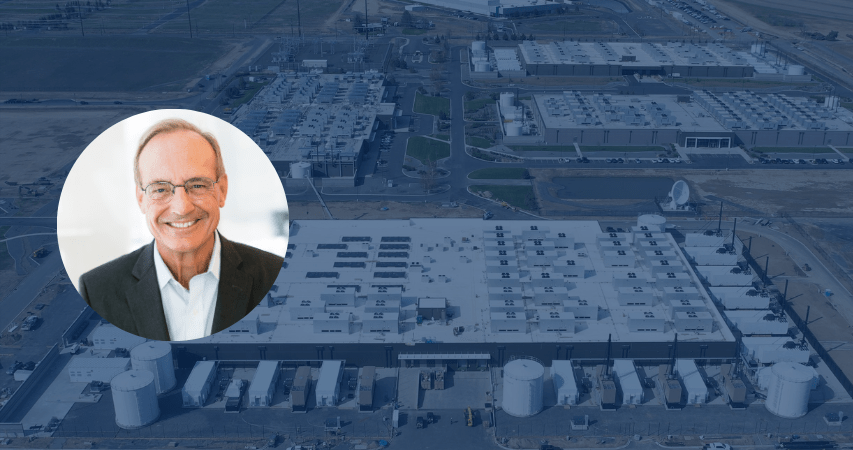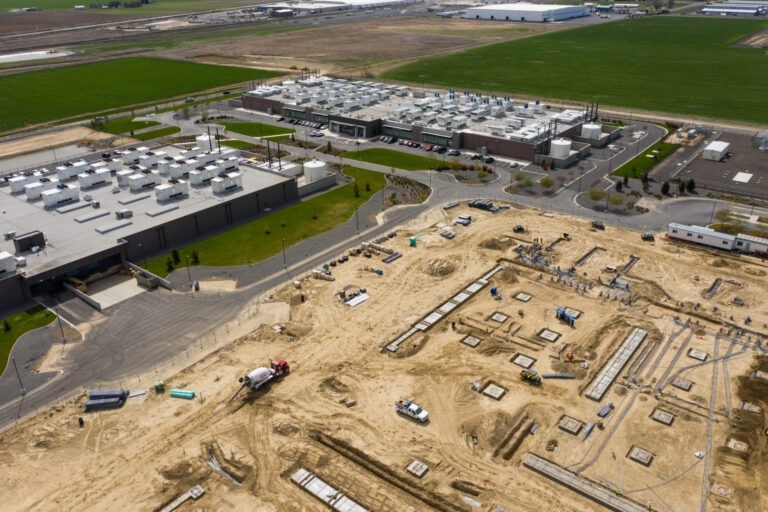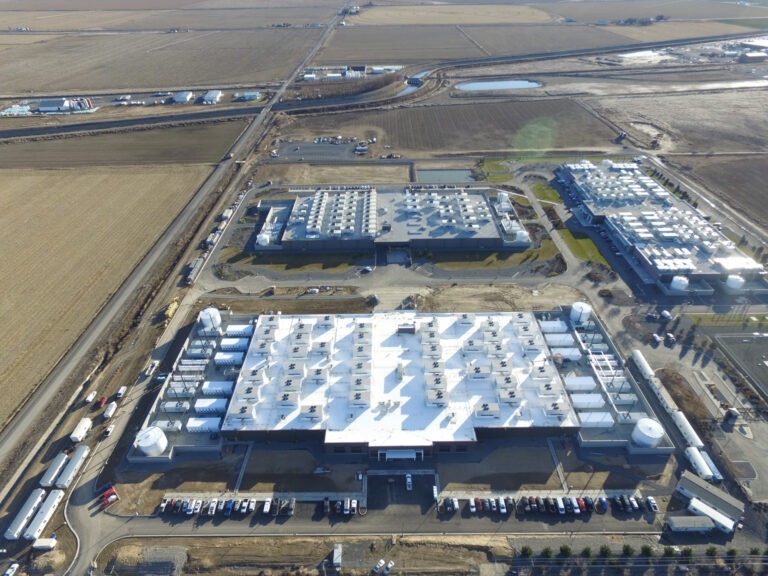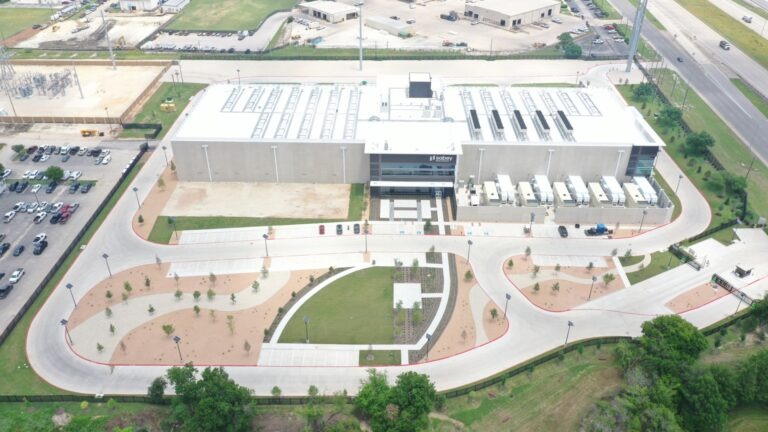Owning the Railroad and Navigating Data Center Investments: Insights with President and CEO, Jeff Kanne

How and when did the firm begin thinking about investing in Data Centers?
I believe that an investment strategy that is sound for the long term requires anticipating what the world is going to look like in the next decade and, in many cases, the decade after that. We began exploring data center investments nearly 20 years ago because it became very clear the human experience was becoming digitized. I believed then that, at a rapid pace, reliance on the internet would grow to impact nearly every aspect of life. I’ve always been a big believer in owning the railroad rather than the products on it, and a human experience crafted around the internet as a massive market relying on data centers to drive them. We took the time to find the right investment with the right partners.
How did your views on investing in this sector shift over time?
The sector is still relatively new, and for much of its history, it has been classified as a “niche” property type with exposure easily found through public REITs. This has changed very quickly. Investors were generally uninterested before 2018, then in 2020, that changed to “we will take a look,” and over the past two years, what we have seen is that it has quickly become a “can’t miss” product for many investors. The global pandemic was a turning point. Working from home shone a spotlight on the vital role data centers play in daily life. Now, interest is further bolstered by hopes of what artificial intelligence could mean for not only societal improvements but also data storage needs. Today, we are seeing tenant demand that is vastly outpacing supply with little indication of a slowdown.

How should investors be thinking about their data center strategy?
Data center investing can provide access to some of the highest-quality investment-grade tenants in the world and the potential for strong, stable yields. However, the barriers to entry in this sector cannot be overstated. This is a very capital-intensive business, and access to power at scale is increasingly scarce. Development and operational expertise are paramount. Investors should carefully evaluate whether to invest through public companies, private platforms, or individual assets, considering the level of operational control and risk tolerance.
What are some mistakes investors make when thinking about data centers?
Data centers live at the junction of infrastructure, technology, and real estate. One common mistake we see is investors underestimating the operational complexity of data centers. It’s not merely owning real estate; it’s about ensuring continuous power, connectivity, and operational reliability. There are material risks to investing without a highly experienced, well-respected operating platform. This industry relies heavily on operational reputation, which is crucial for attracting hyperscale tenants and achieving projected growth.

What challenges do investors face when entering the sector?
Over the past few years there have been a number of public and private data center operating companies that were acquired by public data center companies or large institutional investors. The consolidation and recapitalization of these data center companies is making the asset class difficult to access at a platform level. There are also remarkably high barriers to creating a platform-level data center developer and operator at scale. An effective data center platform requires significant capital, access to scarce energy resources, extensive development expertise, deep tenant relationships and a proven track record. These requirements pose significant challenges for entering the data center market.
What trends should investors be aware of in the data center market?
From our perspective, the data center market shows potential for immense growth. More data is created in an hour today than in an entire year just two decades ago, and global data is doubling every two years1. Fundamental to data centers is the cloud services industry, which continues to grow rapidly as increased digitization is prioritized across all industries. Generative AI has the potential to be a monumental innovation in human history, and its implementation depends on data centers. Data centers are pivotal to our ability to make faster, more accurate advancements in major sciences like genomics, climate science, and particle physics. This demand, coupled with power scarcity, is driving leasing velocity and higher rents. This is an exciting time to be in this sector. Things are rapidly evolving every single day, and that is exactly where we like to be.
Thank you, Jeff.

For those interested in learning more, please contact us for information about our commingled, open-end real estate investment fund, National Data Center Fund (“NDCF”), offering institutional investors concentrated exposure to data centers.
This is not an offering or the solicitation of an offer to purchase an interest in NDCF. Any such offer or solicitation will be made to qualified investors only by means of a final offering memorandum and only in those jurisdictions where permitted by law.